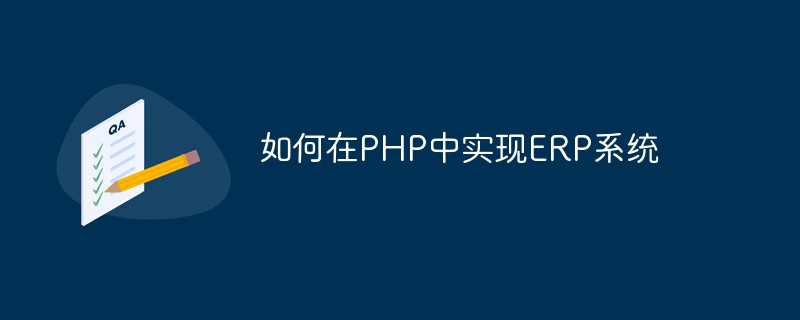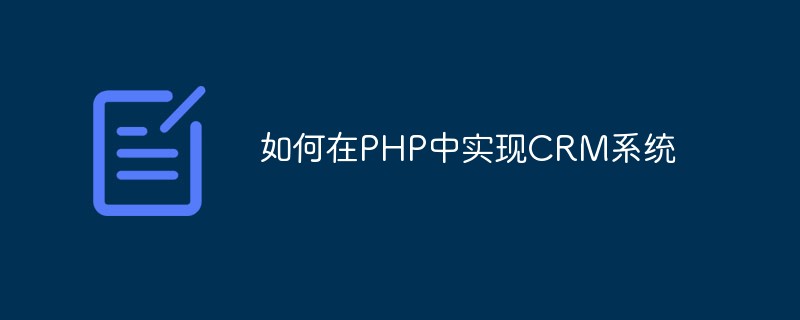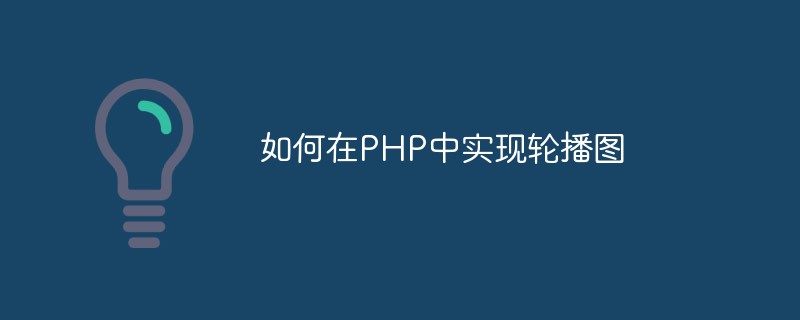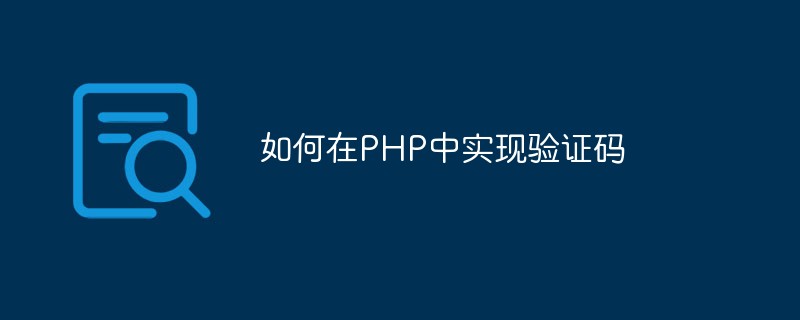Use of Vue.watch function and implementation of data monitoring
Vue.js is a front-end framework that provides many practical features to simplify the front-end development process. One of them is data monitoring. Vue provides a built-in function watch for monitoring changes in Vue instance data. This article will introduce how to use the watch function, and use code examples to show how to implement the data monitoring function.
1. Basic usage of watch function
watchThe function can be defined inside the Vue instance to monitor changes in instance data. It receives two parameters: the first parameter is the data to be monitored, which can be a string or a function; the second parameter is the callback function, which will be called when the monitored data changes.
The following is a simple example:
var vm = new Vue({
data: {
message: 'Hello, Vue!'
},
watch: {
message: function(newVal, oldVal) {
console.log('数据发生了变化:', newVal, oldVal);
}
}
});In the above code, we create a Vue instance and define a message data. In the watch option, we monitored message and specified a callback function. When message data changes, the callback function will be called.
2. Advanced usage of the watch function
In addition to basic usage, the watch function can also support more options. We can specify more options by passing an object to the watch function.
Here is an example of using the immediate option:
var vm = new Vue({
data: {
message: 'Hello, Vue!'
},
watch: {
message: {
handler: function(newVal, oldVal) {
console.log('数据发生了变化:', newVal, oldVal);
},
immediate: true
}
}
});In the above code, we define the value of watch as an object , and pass in the handler callback function and immediate options in the object. immediateThe option true means that the callback function will be executed immediately when the listener is created.
In addition to the immediate option, the watch function also supports other options, such as deep, deep:true indicates depth Monitor the internal changes of the object. For more options, check out the Vue official documentation for details.
3. Implement the data monitoring function
In Vue, data monitoring is implemented through the Object.defineProperty method. Vue internally implements data monitoring and updating by hijacking the getters and setters of data.
The following is a simplified version of the implementation example:
function watch(obj, key, callback) {
var value = obj[key];
Object.defineProperty(obj, key, {
get: function() {
return value;
},
set: function(newVal) {
var oldVal = value;
value = newVal;
callback(newVal, oldVal);
}
});
}
var data = {
message: 'Hello, Vue!'
};
watch(data, 'message', function(newVal, oldVal) {
console.log('数据发生了变化:', newVal, oldVal);
});In the above code, we define a watch function, which receives an object and a key, and a callback function. The Object.defineProperty method is used internally to hijack the getter and setter of the object, and the callback function is called in the set method.
Through the above example, we can see how to implement the data monitoring function through the watch function.
This article introduces how to use Vue's watch function, and shows how to implement data monitoring through code examples. The watch function can help us obtain changes in data in time and perform corresponding operations. In actual development, reasonable use of the watch function can improve the robustness and maintainability of the code. I hope this article will help you understand the use of the watch function and implement data monitoring.
The above is the detailed content of Use of Vue.watch function and implementation of data monitoring. For more information, please follow other related articles on the PHP Chinese website!
 如何在PHP中实现SEO优化May 20, 2023 pm 01:30 PM
如何在PHP中实现SEO优化May 20, 2023 pm 01:30 PM随着互联网的发展,SEO(SearchEngineOptimization,搜索引擎优化)已经成为了网站优化的重要一环。如果您想要使您的PHP网站在搜索引擎中获得更高的排名,就需要对SEO的内容有一定的了解了。本文将会介绍如何在PHP中实现SEO优化,内容包括网站结构优化、网页内容优化、外部链接优化,以及其他相关的优化技巧。一、网站结构优化网站结构对于S
 如何在PHP中实现ERP系统May 20, 2023 pm 06:21 PM
如何在PHP中实现ERP系统May 20, 2023 pm 06:21 PM随着电子商务和企业管理的发展,许多企业开始寻找更好的方法来处理其日常业务流程。ERP系统是一种能够整合企业各种业务流程的软件工具。它提供了全面的功能,包括生产、销售、采购、库存、财务等方面,帮助企业提高效率、控制成本和提高客户满意度。而在PHP编程语言中,也能够实现ERP系统,这就需要我们掌握一些基本的知识和技术。下面,我们将深入探讨如何在PHP中实现ERP
 在PHP中如何实现物联网开发?May 12, 2023 am 11:51 AM
在PHP中如何实现物联网开发?May 12, 2023 am 11:51 AM随着物联网技术的发展和普及,越来越多的应用场景需要使用PHP语言进行物联网开发。PHP作为一种广泛应用于Web开发的脚本语言,它的易学易用、开发速度快、可扩展性强等特点,使其成为开发物联网应用的一种优秀选择。本文将介绍在PHP中实现物联网开发的常用技术和方法。一、传输协议和数据格式物联网设备通常使用TCP/IP或UDP协议进行数据传输,而HTTP协议是一个优
 如何在PHP中实现CRM系统May 20, 2023 pm 12:31 PM
如何在PHP中实现CRM系统May 20, 2023 pm 12:31 PM随着企业的发展,客户管理变得越来越重要。为了提高客户满意度和忠诚度,越来越多的企业采用客户关系管理系统(CRM)来帮助其管理客户关系。而PHP是一种流行的编程语言,因其简单易学、灵活和强大而被广泛应用于Web开发。那么,如何在PHP中实现CRM系统呢?本文将为您介绍实现CRM系统的步骤和技巧。Step1:需求分析在开始开发CRM系统之前,您需要进行需求分析
 如何在PHP中实现轮播图May 22, 2023 am 08:25 AM
如何在PHP中实现轮播图May 22, 2023 am 08:25 AM随着互联网的发展,轮播图已经成为了网页设计中必不可少的一部分。在很多网页中,轮播图经常被用作展示企业文化、最新产品或是推广活动等场景。本篇文章将会分享如何使用PHP来实现轮播图的功能。一、轮播图的概念轮播图是网页中一种常见的视觉效果,一般由多个图片组成,在页面中自动或手动进行切换,展示多个内容。可以添加符合业务要求的动画效果,有助于引起用户的关注和提高网站的
 如何在PHP中实现验证码May 20, 2023 am 11:31 AM
如何在PHP中实现验证码May 20, 2023 am 11:31 AM随着互联网的不断发展,越来越多的网站需要使用验证码来保证安全性。验证码是一种借助人类能力而无法被计算机破解的认证技术,广泛应用于网站注册、登录、找回密码等功能中。下面将介绍如何使用PHP实现验证码功能。一、生成验证码图片验证码图片的生成是验证码功能的核心,需要生成一个随机字符,并将其渲染为图像展示给用户。在PHP中,可以使用GD库来生成图片。GD库是一种用于
 在PHP中如何实现智能合约?May 12, 2023 am 08:09 AM
在PHP中如何实现智能合约?May 12, 2023 am 08:09 AM智能合约(SmartContract)是一种基于区块链的自动化交易程序,可以实现自动化执行、验证和执行交易。智能合约可以减少交易中的人为干扰,提高交易的安全性和效率。在不同的区块链中,智能合约的实现方式略有不同。本文将介绍在PHP中如何实现智能合约。PHP是一种广泛使用的编程语言,特别适合Web开发。PHP有着成熟的开源生态系统,以及许多可靠的框架和库。在
 在PHP中如何实现OA开发?May 12, 2023 am 08:36 AM
在PHP中如何实现OA开发?May 12, 2023 am 08:36 AM随着现代企业管理的需求与时俱进,各种管理软件如ERP、CRM、HRM和OA等软件的使用已经变得越来越普遍。特别是办公自动化(OA)软件,已经成为企业必不可少的一部分。随着PHP发展的越来越成熟,越来越多的企业开始使用PHP作为开发OA软件的工具,并取得了很好的效果。那么,在PHP中如何实现OA开发呢?确定OA的需求在开始OA的开发之前,必须先明确自己的OA需


Hot AI Tools

Undresser.AI Undress
AI-powered app for creating realistic nude photos

AI Clothes Remover
Online AI tool for removing clothes from photos.

Undress AI Tool
Undress images for free

Clothoff.io
AI clothes remover

AI Hentai Generator
Generate AI Hentai for free.

Hot Article

Hot Tools

SAP NetWeaver Server Adapter for Eclipse
Integrate Eclipse with SAP NetWeaver application server.

PhpStorm Mac version
The latest (2018.2.1) professional PHP integrated development tool

DVWA
Damn Vulnerable Web App (DVWA) is a PHP/MySQL web application that is very vulnerable. Its main goals are to be an aid for security professionals to test their skills and tools in a legal environment, to help web developers better understand the process of securing web applications, and to help teachers/students teach/learn in a classroom environment Web application security. The goal of DVWA is to practice some of the most common web vulnerabilities through a simple and straightforward interface, with varying degrees of difficulty. Please note that this software

SublimeText3 English version
Recommended: Win version, supports code prompts!

ZendStudio 13.5.1 Mac
Powerful PHP integrated development environment






